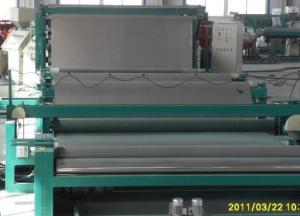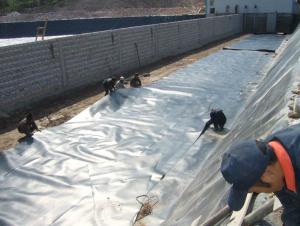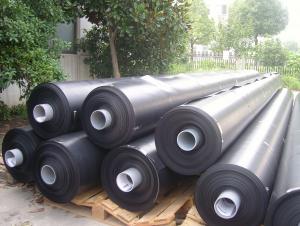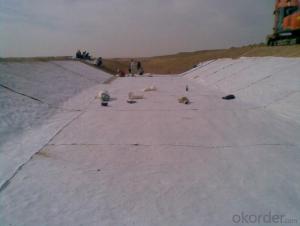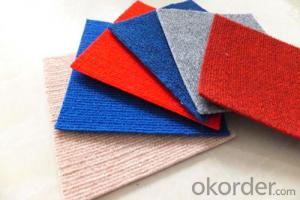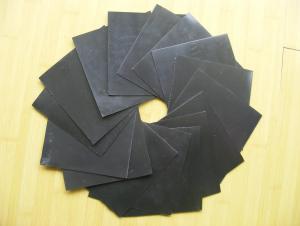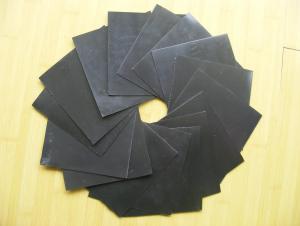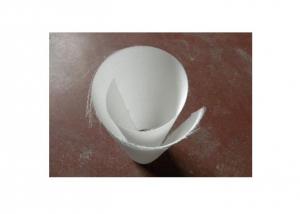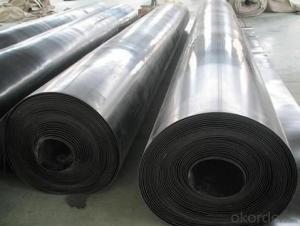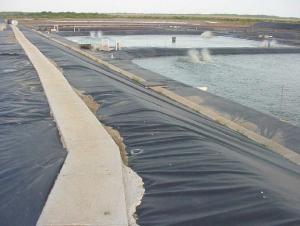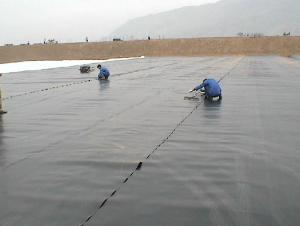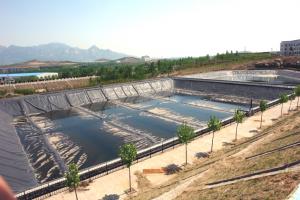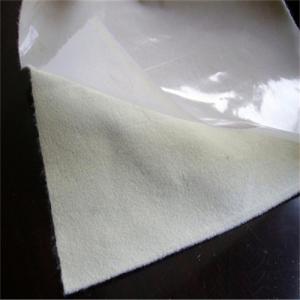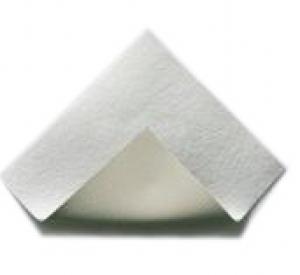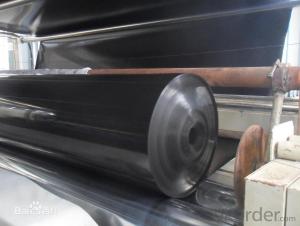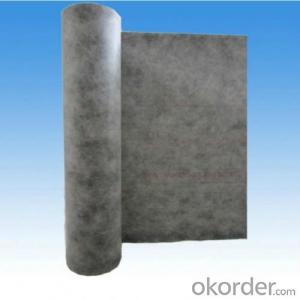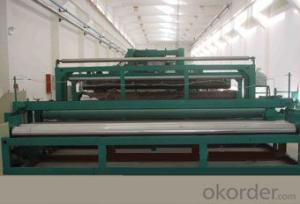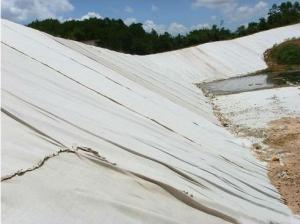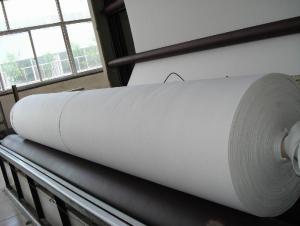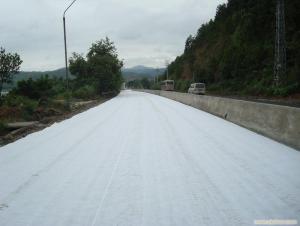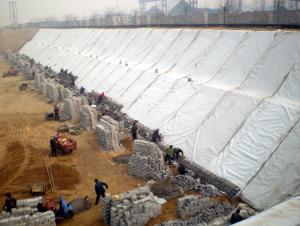Pre-Seamed Geomembranes
Pre-Seamed Geomembranes Related Searches
Prefabricated Geomembranes Prefabricated Geomembrane Prefabricated Geomembrane Liners Permeable Geomembrane Impermeable Geomembranes Geomembranes Textured Geomembrane Conductive Geomembrane Reinforced Geomembrane Geomembrane Impermeable Impervious Geomembrane Waterproof Geomembrane Geocomposite Membrane Geomembrane Waterproofing Composite Geomembrane Geomembrane Tanks Wholesale Geomembrane Geomembrane Materials Geomembrane Containment Geomembrane Systems Welding Geomembrane Geomembrane Products Geomembrane Technologies Liner Geomembrane Geomembrane Liners Plastic Geomembrane Geomembrana Impermeable Geomembrane Machine Geomembrane Properties Pe GeomembranePre-Seamed Geomembranes Supplier & Manufacturer from China
Pre-Seamed Geomembranes are a type of flexible waterproofing material, commonly made from high-density polyethylene (HDPE) or other polymers, designed to provide an impermeable barrier in various applications. These geomembranes are engineered to prevent the passage of liquids, gases, and contaminants, making them ideal for use in environmental and construction projects. They are often employed in landfill liners, wastewater treatment facilities, reservoirs, and other applications where water or chemical resistance is crucial.Pre-Seamed Geomembranes are widely utilized in scenarios where a seamless and secure barrier is required to protect the environment and infrastructure from potential leaks or contamination. They are particularly useful in situations where traditional seam methods might be prone to failure due to punctures or chemical degradation. The seamless nature of these geomembranes ensures a more reliable and long-lasting solution, reducing the risk of environmental damage and prolonging the lifespan of the project.
Okorder.com is a reputable wholesale supplier of Pre-Seamed Geomembranes, offering a vast inventory to cater to the needs of various industries and projects. With a commitment to quality and customer satisfaction, Okorder.com ensures that the Pre-Seamed Geomembranes they provide meet the highest standards of durability and effectiveness. Their extensive inventory allows customers to find the right geomembrane for their specific application, whether it be for a large-scale construction project or a smaller environmental initiative.
Hot Products


